Hannah Karsen
All images by and courtesy the artist, Untitled, 2016, Archival Inkjet Print.
Although I understand the hierarchy is a series of work that explores the borrowed language of painting within found makeup marks. While a signifier for the materiality of these products, these marks open a larger dialogue through their own physicality and volume. Using these makeup marks as marks for a painting, a consideration of gesture outlines a discourse that centers on the emphasis of the hand, of touch, and of surface. Freed from the supposed use for which these marks were articulated, they are accumulated and transposed in these works to consider flesh and skin, the history of abstract painting, the threat of photography, and the mass-produced. Furthermore, they pose a challenge to what is ‘flesh-colored.’ Finally, they question the expectation of seeing one’s self represented by a painted mark, which re-makes and addresses the threat of absence.
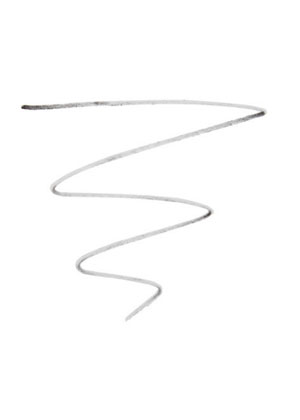
I accumulated these marks online, creating a specific catalogue of black eyeliner marks for this project. One’s own surface is an implicit conversation within these marks, as they stand in for an expected application.
Flesh and skin are, when referring to the fact of our having a surface to our bodies, often used interchangeably- but flesh is mostly for the fictive. While there may be no immediate hue-projection that comes to mind upon seeing or hearing the word itself, and no appropriate color default for the hawkers of stockings, liquid foundation, or house paint swatches, the term ‘flesh-colored’ still exists. I don’t want to paint my house the color of flesh, but maybe I do. What color is that?[1]
These marks are meant to represent what a color looks like, how it can be applied.
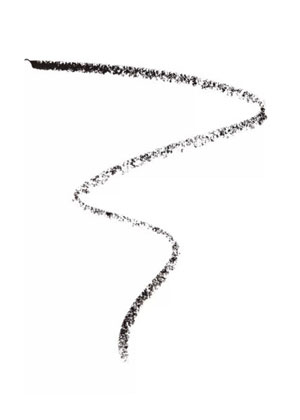
These marks are gestural, connoting volume and materiality. When looked at with more specificity, a certain product creates a subtle study of form. The different methodology of using these found make up marks as painterly gesture to create compositions deals with a borrowed language of painting. The index of these gestures points to a hand creating them, but they too are transposed and given a different weight in this new context.
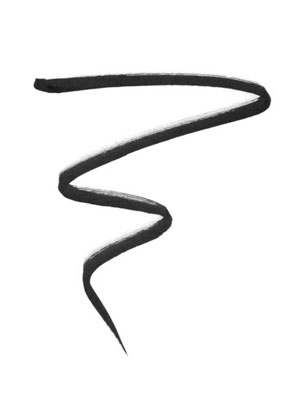
In his essay, Painting the task of mourning, Yve-Alain Bois focuses on the claim that the history of abstract painting can be read as a longing for its death, ‘freed from all extrinsic conventions, abstract painting was meant to bring forth the pure parousia of its own essence, to tell the final truth and thereby terminate its course. The pure beginning….could not but function as an omen of the end’.[2] Bois outlines the line of this investigation and discourse which centers on the appearance of photography and mass-production, both of which he understands as causing the end of painting.
Bois cites Meyer Schapiro to delineate the struggle between the hand and the mass produced: ‘the emphasis on touch, on texture, and on gesture, as a consequence.’ Bois identifies this as the reason one witnessed a practice of ‘one-upmanship’ as historical progression. The paradox Bois defines by citing Thierry De Duve, ‘is that the opposition of painterly finish to the mechanical bore within itself the stigmata of the mass-produced’.[3] This leads to discussion on the tube of paint as a readymade—how one never truly start from scratch.
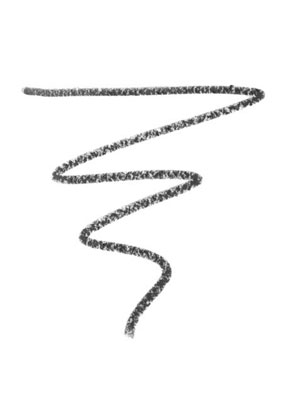
Thinking about skin and flesh for this body of work creates a dialogue to Bois’ argument with a different train of thought: ‘The paints all point at their author instead of outward… enclosing you within an expectation of seeing ‘yourself as the ‘painter’ while re-making the threat of absence’.[4] What is gleaned in reproducing a similar line in different products has become a diagram in itself, a system codified to speak to materiality and flesh; information through repeated gesture, wondering what’s really there.
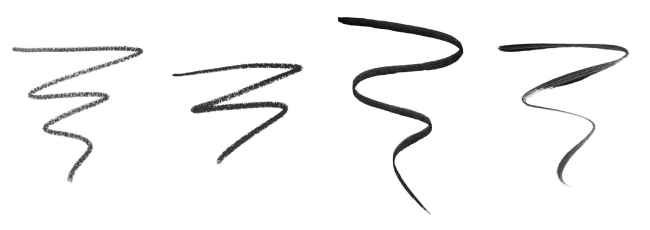
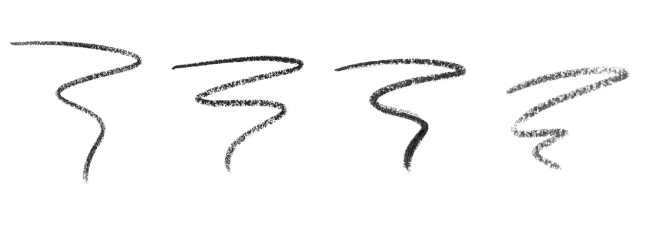
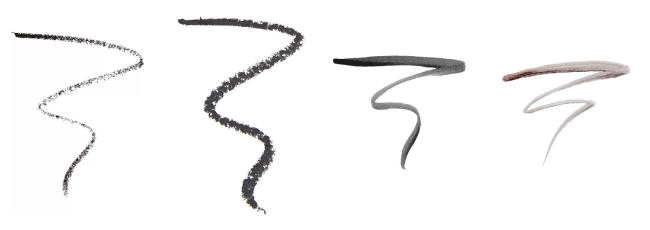
[1] Copp, Corina. ‘Colors/Flesh : So Alone’, Cabinet. 55:9, 2014, 9.
[2] Bois, Yve-Alain. Painting as Model (Cambridge : MIT Press, 1990), 230.
Hannah Karsen holds her MFA in visual art from UC Riverside and her BFA and BA in Art History from Chapman University. Karsen has exhibited at Elevator Mondays, Los Angeles, LACE, Los Angeles; Center for Contemporary Arts, Santa Fe and the UCLA New Wight Gallery, Los Angeles. Karsen lives and works in Los Angeles.